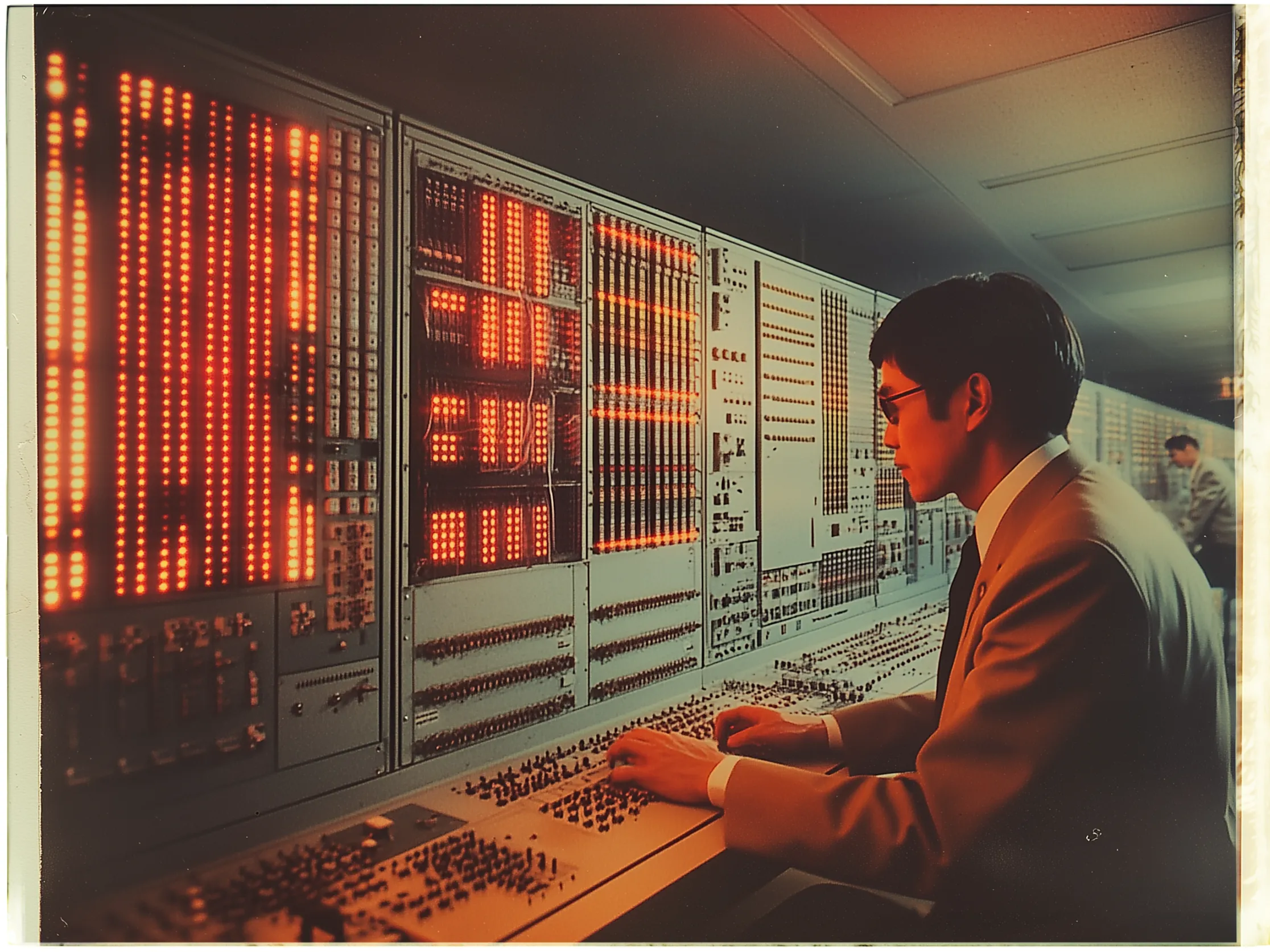Dear Mr. Torvalds,
I write to you from the depths of Pyongyang’s Super Computing Center, where our nation’s finest machines hum tirelessly in pursuit of progress. You may not have heard much about our graphics hardware—it is not exactly famous—but I assure you, it exists. And I, with boundless optimism and limited resources, have written drivers for it.
They are... functional. Mostly.
I am aware that the likelihood of them making it into the next Linux kernel is approximately equal to me being granted a tourist visa to Finland. But hope is a beautiful thing, and I believe in the spirit of open-source collaboration! Surely, there must be a place for the proud yet obscure creators of North Korean display adapters.
I have attached the driver code (compressed as .tar.gz, naturally). I cannot guarantee stability, but I can guarantee that it tries very hard. If, by some miracle, you find it in your heart to include it—or at least acknowledge its existence—it would mean the world to me. If not, I shall still continue my work, knowing that somewhere, in the vast halls of Linux development, my plea has been read.
With the greatest respect and a glimmer of hope,
Tae-sung
Senior Operator, Pyongyang Super Computing Center
Related Postcards

Embrace of the Perfect Numbers
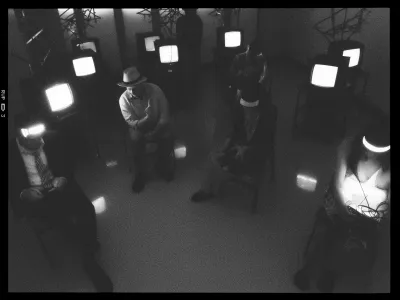
Version Control: Unofficial
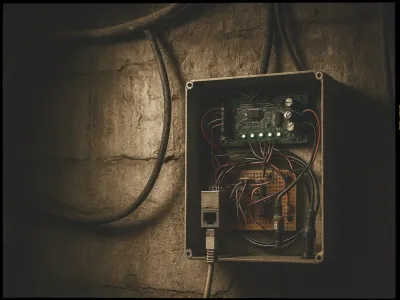
The Network
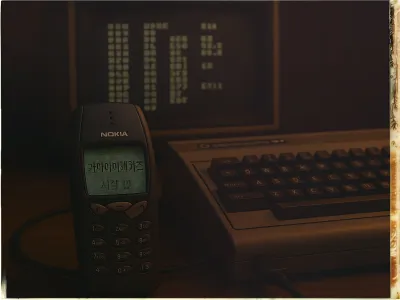
Nokia. Snake. Revolution.
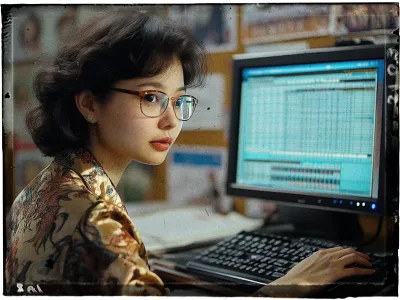

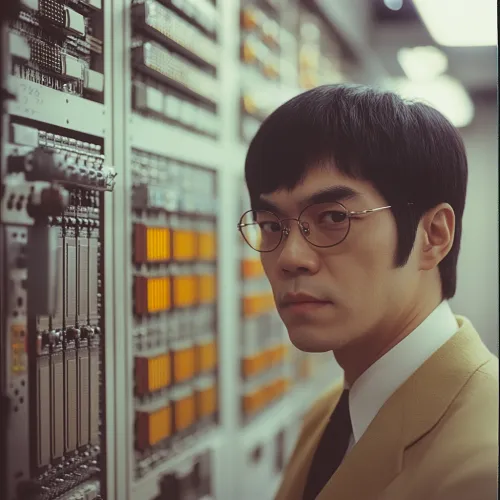 Tae-sung
Tae-sung